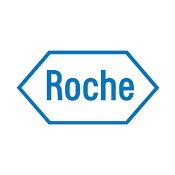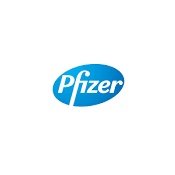Anti-Fungal
Dealing with fungal infections, particularly in sensitive areas, can be distressing. At My Pharmacy, we provide prescription antifungal medication, including Amorolfine and its branded counterpart, Loceryl, for nail infections. Additionally, we offer over-the-counter antifungal creams like Clotrimazole Cream for treating fungal skin infections.
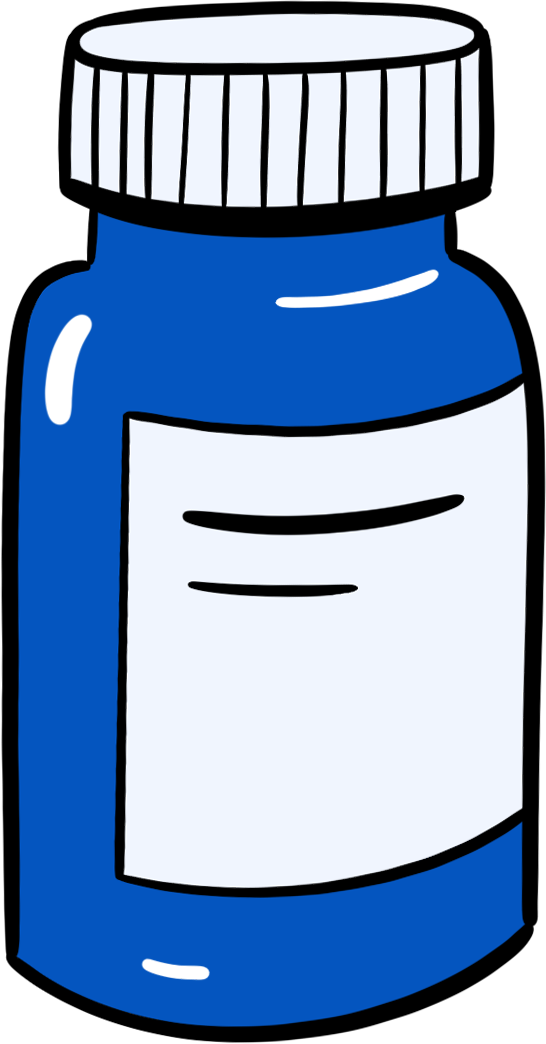
-
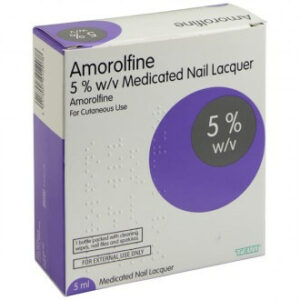
Amorolfine 5% Nail Lacquer
- Effective Nail Fungal Treatment
- Active Ingredient: Amorolfine
- Next Day Delivery Available At Checkout
-
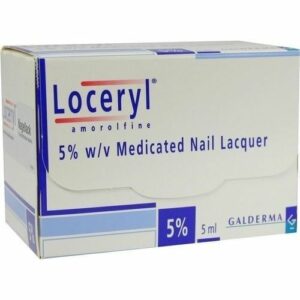
Loceryl 5% Nail Lacquer 5ml
- Effective Antifungal Nail Treatment
- Active Ingredient: Amorolfine Aydrochloride
- Generic Version Of Curanail
-
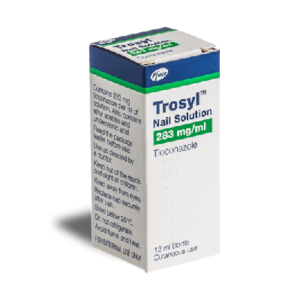
Trosyl 283mg Nail Solution – 12ml
- Effective nail fungal treatment
- Active Ingredient: Tioconazole
- Inhibits the growth of fungi
-
About Antifungal Medication
Antifungal medications are essential in treating and managing various fungal infections, which can affect the skin, nails, and other body parts. These infections might range from mild to severe and can significantly impact quality of life if left untreated.
● Function and Scope: Antifungals work by either killing fungi directly or preventing them from growing and reproducing. The type of antifungal medication prescribed depends on the location and severity of the infection.
● Types of Antifungals: These medications come in various forms, including topical creams, ointments, oral tablets, and injections. Topical antifungals are often used for skin infections like athlete’s foot or ringworm, while oral or systemic antifungals might be necessary for more severe conditions like invasive candidiasis or systemic infections.
● Common Active Ingredients: Some of the frequently used substances in these medications include azoles (which inhibit a key component of fungal cell membranes), echinocandins (which interfere with fungal cell wall synthesis), and polyenes (which bind to fungal cell membranes, causing leakage of cell components).
● Effectiveness and Use: The effectiveness of antifungal treatments varies based on the infection type and the medication’s active ingredients. Patients are advised to follow their healthcare provider’s instructions closely to ensure the best outcomes, including completing the full course of treatment even if symptoms improve early.Antifungal medications are crucial for maintaining health and preventing the spread of infections in communal environments.
-
Symptoms
Some common symptoms associated with fungal infections, affecting various parts of the body:
● Skin Changes: Includes redness, flakiness, or scaly patches, especially on the groin, buttocks, or thighs. On darker skin, these areas may appear grey or brown.
● Irritation and Itching: Constant itching or burning sensations in the affected area.
● Rashes: Often ring-shaped, appearing on different parts of the body like the scalp, feet (athlete’s foot), or groyne (jock itch).
● Nail Changes: Nails may become thick, discoloured, and more prone to cracking or even separating from the nail bed.
● Blistering: Some fungal infections cause small blisters that can leak fluid and become very itchy or painful.
● Hair Loss: Infections like scalp ringworm can lead to patchy hair loss.These symptoms vary significantly depending on the type of fungus and the body part affected. For instance, fungal infections in the nails will show different symptoms compared to infections on the skin or mucous membranes.
-
Diagnosis
Fungal infections are typically diagnosed through a combination of clinical evaluation and laboratory tests, depending on the suspected location and type of infection. Here’s how medical experts commonly diagnose fungal infections:
● Physical Examination and Medical History: Doctors start with a physical examination and a detailed medical history, discussing symptoms and potential exposures to fungal environments.
● Skin, Hair, or Nail Scrapings: For suspected skin, hair, or nail fungal infections, a sample is scraped off and examined under a microscope or cultured to identify the fungus.
● Swab Tests: Swabs might be used to collect samples from potentially infected areas, such as the mouth or vagina, especially for yeast infections.
● Blood Tests: Blood samples may be taken to detect fungi in the bloodstream, particularly for more severe or disseminated fungal infections.
● Urine Tests: These are sometimes used to diagnose fungal infections that may affect the urinary tract or to check for fungal by-products indicating infection elsewhere in the body.
● Imaging Tests: In cases where deep tissue infection is suspected, imaging tests such as X-rays, CT scans, or MRIs may be employed to look for signs of infection in organs and internal structures.
● Biopsy: In certain severe cases, a tissue biopsy might be required to determine the specific type and extent of the fungal infection, especially if the infection is within an organ or an unusually resistant strain is suspected. -
Treatments
Prescription antifungal medications play a crucial role in treating fungal infections, which can affect the skin, nails, and other body areas. Here’s an overview of the types and mechanisms of these medications:
● Topical Antifungals: These are applied directly to the skin, nails, or mucous membranes. They are used primarily for infections of the skin or nails, such as athlete’s foot, jock itch, nail fungus, and yeast infections.
● Oral Antifungals: These medications are taken by mouth and are used to treat systemic fungal infections or more severe conditions that might not respond well to topical treatment alone. They work by circulating through the bloodstream to affect the entire body.
● Injectable Antifungals: Used in severe cases, these are administered via injection and are typically reserved for serious, life-threatening fungal infections, often in hospital settings.
● Combination Therapies: Sometimes, antifungal treatments involve a combination of topical and oral medications to effectively manage the infection.These medications target the fungal cells, causing damage to their cell walls or interfering with their ability to grow and reproduce. This helps to clear the infection. Patients are advised to follow their healthcare provider’s instructions closely, as the duration and type of treatment can vary greatly depending on the specific fungal infection and the patient’s overall health.
-
Prevention Strategies
Some recommended strategies to help reduce the risk of contracting fungal infections include:
● Practise Good Hygiene: Regularly wash your body and hands with soap and water, especially after coming into contact with animals or gardening.
● Keep Skin Dry and Clean: Moist environments foster fungal growth, so it’s crucial to keep skin dry, particularly in areas prone to sweat such as feet, armpits, and groin.
● Wear Breathable Clothing: Choose loose, breathable fabrics that allow air circulation and reduce moisture build-up, which can prevent fungal growth.
● Use Antifungal Powders or Sprays: These can be applied to the feet and shoes to help keep feet dry and reduce the risk of fungal infections like athlete’s foot.
● Don’t Share Personal Items: Avoid sharing towels, clothing, or footwear with others as fungal infections can be spread through direct contact.
● Manage Shoes and Socks: Change socks regularly, especially if your feet get sweaty, and alternate shoes to allow them to dry out between wears.
● Protect Your Feet in Communal Areas: Wear sandals or shower shoes in public pools, showers, and locker rooms to avoid direct contact with surfaces that may be contaminated with fungi.
● Maintain Healthy Nails: Keep nails short and clean, which helps prevent fungi from growing underneath them.
● Regularly Clean and Disinfect Areas: This is especially important for surfaces in moist environments like bathrooms and kitchens, which can be breeding grounds for fungi.By adhering to these preventative measures, you can significantly reduce your risk of developing fungal infections.







